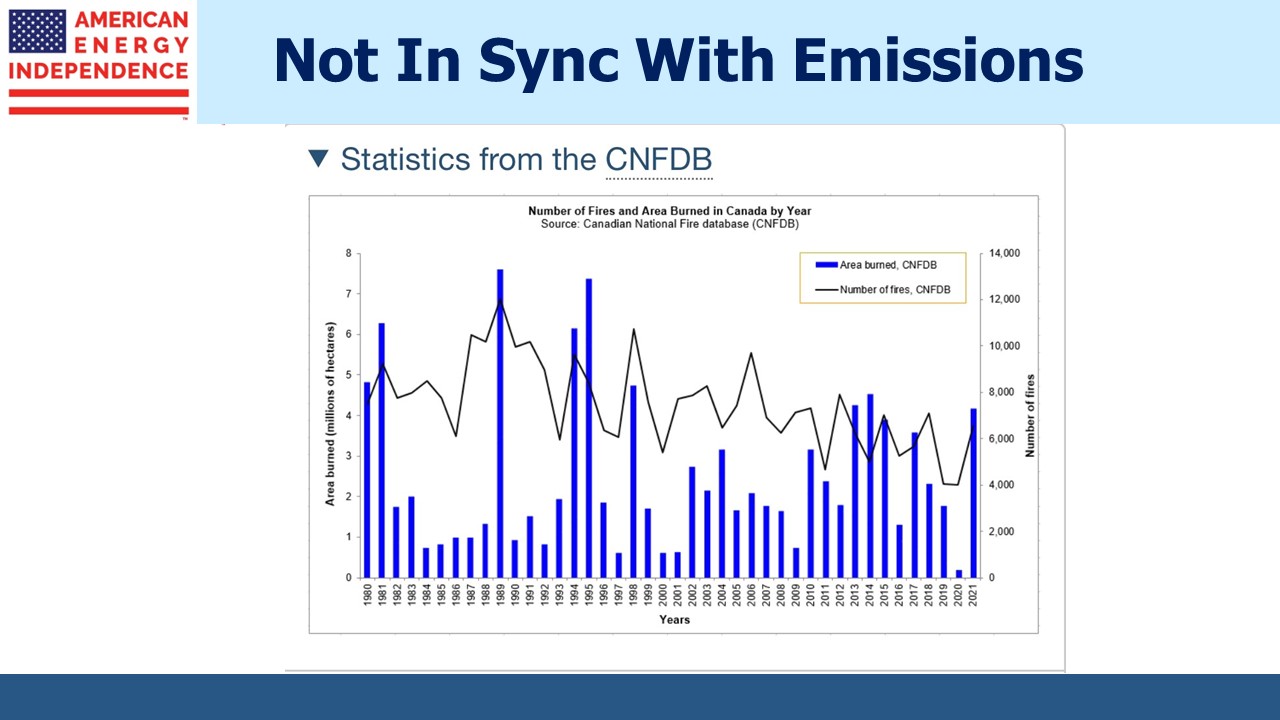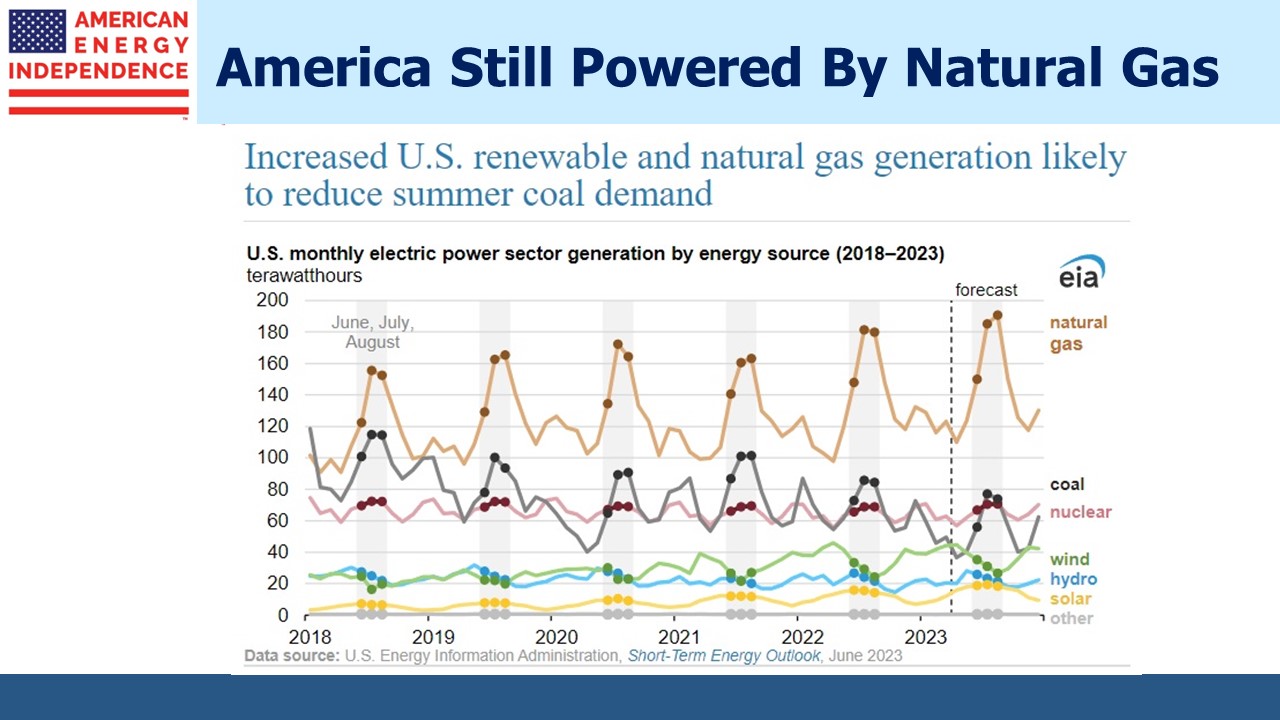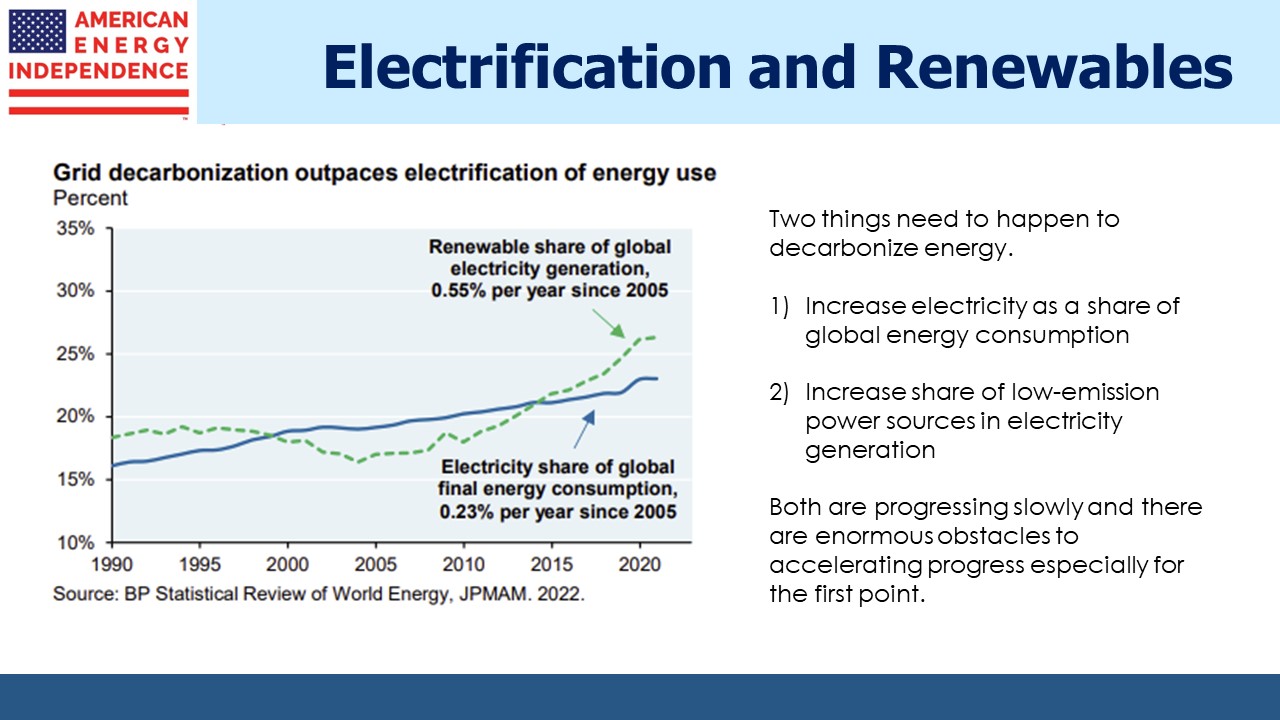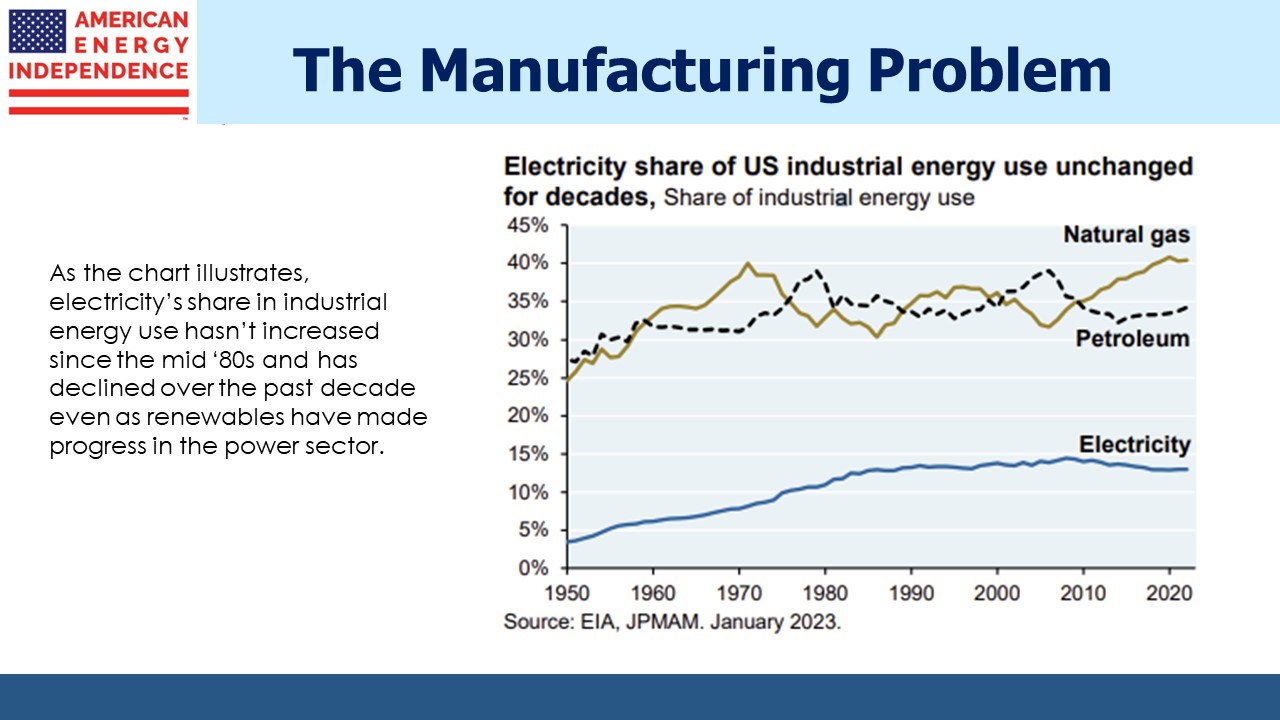Pushing Back On Climate Extremists
New York and much of the northeast US was shrouded in smoke from Canadian wildfires last week. Westfield, NJ is around 21 miles from lower Manhattan, which is normally visible if you’re at a high enough point. Last Wednesday it was not. Neither was the sun. Millions of Americans experienced air quality more usually associated with New Delhi.
Global warming gets blamed for most unusual weather events. Whenever it’s exceptionally wet/dry/cold/hot/windy it’s because humans are increasing CO2 levels. Regular readers know we are in favor of strategies to lower CO2. Substituting natural gas for coal is a practical solution already responsible for US success in reducing emissions. More nuclear power seems obvious. We’re not excited at the prospect of increased reliance on weather-dependent solar and wind.
The New York Times duly reported that, “Human-caused climate change is a force behind extremes like these.” It fits the narrative. Except the data doesn’t support it. Over the past four decades the number of fires in Canada has been declining, and the worst years were in the 80s and 90s in terms of area burned. That’s not to say that lowering CO2 emissions isn’t good if pursued without impoverishing us all. Just that the smoke hanging over North America’s population centers isn’t evidence of a CO2 problem.
The world is beginning to tire of the shrill climate extremists intent on imposing economic devastation and austerity on the rest of us. In the UK the Just Stop Oil people have enjoyed extraordinary freedom to disrupt everyone else. Groups of them standing in the road blocking traffic are protected by police. There are several videos of irate drivers being arrested for trying to push the protesters out of the way.
The list of what makes America great is long. The absence of an American version of these protesters is somewhere in the middle of the list. They would be run over or perhaps even shot at. UK public opinion is asking why the wrong people are being arrested. Sometimes it looks like Little Britain.
In Germany, the Greens have long held outsized influence over policy because of their swing vote in the coalitions that typically form government. “Green getting too Brown” is a more severe criticism than it looks, referencing the brown shirts of the Nazi party. “Heizhammer” (heating hammer) is how many refer to plans pushed by the Greens to accelerate the adoption of expensive, energy efficient heat pumps.
Germany is a global leader in spending money on the energy transition, if not in results. Last year their CO2 emissions were unchanged because they increased coal use to replace Russian natural gas. This was in spite of a 4.7% drop in energy consumption, as industry responded to high prices by curtailing production and in some cases relocating to other countries, including America. Germany’s electricity prices are among the world’s highest. There’s little in their energy policies that others should wish to emulate.
German public opinion is shifting. The Greens now rank behind the far right AfD in polls.
US energy policies at the Federal level rely more on tax credits and other financial incentives. A few liberal states such as New York are making it harder to access reliable energy, by for example banning natural gas hookups to new buildings.
Nonetheless, domestic production continues to grow. Last year the Permian region in west Texas and New Mexico hit another record at 21 Billion Cubic Feet per Day (BCF/D). It’s second only to the Marcellus/Utica region (collectively Appalachia). The Energy Information Administration (EIA) reported that this past winter power generation from natural gas set a new record at 619 billion kilowatthours. Renewables are growing but America’s electricity still comes from natural gas.
The focus on renewables overlooks the fact that electricity is around 23% of global final energy consumption. Within US manufacturing for example, electricity use has remained roughly unchanged at under 15% of energy use for decades. Natural gas use is growing and represents almost 3X electricity.
Because the US hasn’t followed extreme energy policies like Germany, reliable cheap energy is drawing manufacturing here. Germany felt good about their ability to reduce energy consumption last year, but in part it represented production facilities relocating because they were losing competitiveness.
China, consumer of half the world’s coal and the biggest determinant of global CO2 emissions, recently said non-fossil fuel energy sources exceed 50% of their total installed electricity generation capacity. The problem is you can’t believe anything the Chinese government says. So it may or may not be true.
We have three funds that seek to profit from this environment:



